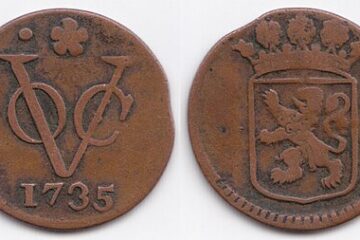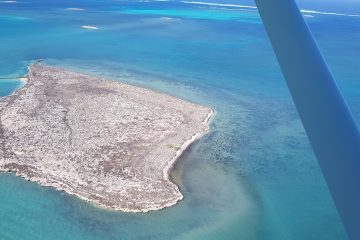Verenigde Oostindische Compagnie – VOC – (Dutch East India Company) related gable stone with a lying lioness in the ‘gable stone wall’ at the Oudezijds Kolk in Amsterdam.
The stone comes from Kleine Kattenburgerstraat 14/16 and was found there by Van Arkel and Weissman (Noord-Hollandsche Oudheden 6destuk (1903) page 43). The stone is no longer mentioned in the Monuments List of 1928, but apparently it has been preserved somewhere because in 1955 the relief, together with a number of other stones, was transferred from the Waag to the depot of the Royal Archaeological Society and from there in 1960 bricked into the ‘facing brick wall’.
The lying animal is, given the clear nipples, a lioness, the picket fence behind her is a so-called cape. A cape was a wooden beacon, a navigational landmark, many of which were erected along European and other coasts.
The representation on the stone can therefore be read as a rebus with the solution: Cape Leeuwin. In March 1622 the VOC ship ‘Leeuwin’ landed at the most south-westerly point of Australia and since then this place has appeared on maps as Cape Leeuwin or Land van de Leeuwin. Was it a former crew member of the ship Leeuwin who later, around 1665, decorated his house in Kattenburg with this rebus facade stone? Source.

See also:
First Dutch contacts in Australia – Lower west coast – cape Leeuwin to Swan river 1658 – 1697
400 years ago Dutch ship Leeuwin encountered WA Coast – 1622 – Free journal


